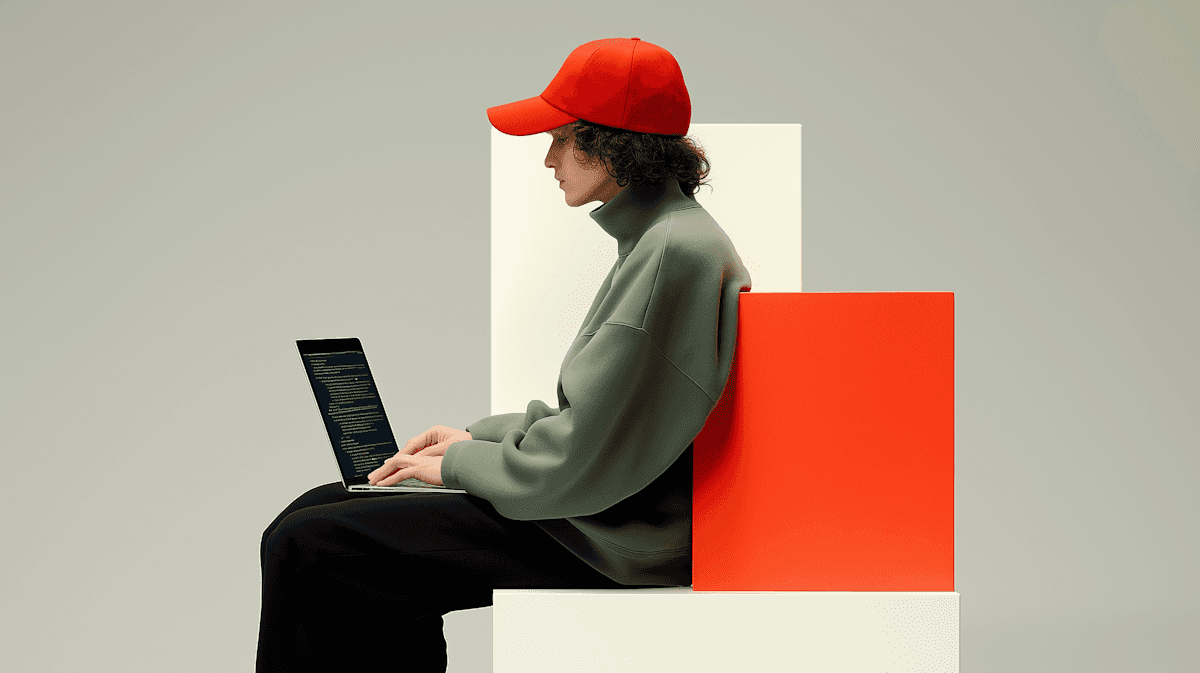
User experience and Ideation lead
Figma
Photoshop
Figjam
Rotato
Miro
Lottie files
3D visualisre
Ar
This 10-week collaborative project focused on designing a calming, accessible digital experience that promotes emotional well-being through interactive engagement with art in healthcare settings. As UX & Ideation Lead, I helped shape a user-centered platform tailored to patients, visitors, and staff—prioritizing empathy, inclusivity, and ease of use across all touchpoints.
We were tasked with creating a digital experience that helps Mayo Clinic patients, visitors, and staff engage with on-site art to support emotional well-being.
Studies show that 70% of patients report improved mood, and 69% experience reduced anxiety when exposed to art in healthcare environments.Our solution needed to be calming, inclusive, and accessible—offering gentle, interactive moments of reflection that align with Mayo Clinic’s mission of holistic care.

My Responsibilities
Spearheaded ideation sessions with a cross-functional team of 10+ members to conceptualize digital solutions that elevate patient and guest experiences through interactive art.
Mapped 3 distinct user journeys and prioritized 6 key features based on user research findings and stakeholder feedback.
Synthesized 850+ user insights from interviews, surveys, and observational research to inform concept development and feature design.
Directed the UX design process, delivering over 12 wireframes and high-fidelity prototypes that met WCAG accessibility standards.
Collaborated directly with Mayo Clinic stakeholders across 4 feedback rounds, ensuring alignment with real-world healthcare needs.
Understanding our Users
Designing for a healthcare environment meant recognizing that our users were often navigating emotional vulnerability, time pressure, and physical limitations. Our approach to user understanding was grounded in empathy, observational research, and behavioral insights.
1. Patients
Need calming, low-effort experiences that offer emotional relief during treatment and recovery.
2. Visitors & Family
Seek moments of reflection and clarity while navigating emotionally intense visits and unfamiliar environments.
3.Healthcare Staff
Value quick, intuitive interactions that support short mental resets during busy, high-stress shifts.



The Research approach
To design a meaningful, inclusive digital experience for patients, visitors, and staff, we grounded our process in a combination of primary and secondary research.
🎤 Primary Research
We conducted qualitative research to uncover how individuals emotionally and physically navigate healthcare environments.
Empathy mapping & journey mapping to visualize emotional highs, lows, and opportunity areas
Crafting User journeys
We mapped user journeys to uncover emotional patterns and identify moments where digital support could offer calm, connection, or reflection. Alex’s day revealed when to introduce low-pressure, emotionally supportive features like art prompts and guided moments—shaping our approach to tone, timing, and interaction design.
Ideation
As Ideation Lead, I facilitated multiple co-creation workshops that helped transform over 600+ research insights into actionable design opportunities. We used tools such as:
Our ideation process focused on designing with empathy, ensuring that every feature we proposed responded to real emotional and accessibility needs uncovered through research. With users often navigating clinical stress, fatigue, and vulnerability, our goal was to imagine features that were gentle, optional, and supportive—never overwhelming.
“How Might We” prompts based on user pain points
Affinity mapping to cluster common emotional needs
Dot voting & impact-effort matrices to prioritize feasible, high-impact ideas
Behavioral scenario framing to explore how features would support real-world emotional states
User Experience Strategy.
To shape the user experience, we used a combination of user flow mapping, information architecture planning, and wireframing at multiple fidelities.
We began with task flows based on real user scenarios, ensuring clarity and ease of navigation.
Wireframes were iterated through usability feedback, focusing on interaction pacing and accessibility.
We also applied WCAG 2.1 guidelines, behavioral heuristics, and content hierarchy testing to ensure that every interaction was intuitive, inclusive, and emotionally appropriate for a healthcare environment.
Impact of our solution
Key takeaways
I discovered the importance of storytelling in UX.
Whether through user flows or feature presentations, framing design decisions with empathy and purpose made our work resonate more deeply with the client.
The team that made it happen
As Ideation Lead, I facilitated multiple co-creation workshops that helped transform over 600+ research insights into actionable design opportunities. We used tools such as:
Our ideation process focused on designing with empathy, ensuring that every feature we proposed responded to real emotional and accessibility needs uncovered through research. With users often navigating clinical stress, fatigue, and vulnerability, our goal was to imagine features that were gentle, optional, and supportive—never overwhelming.
The outcome’s confidential, but the thinking isn’t.🔐
This project is protected under an NDA.
Feel free to get in touch if you'd like to know more about it!

















